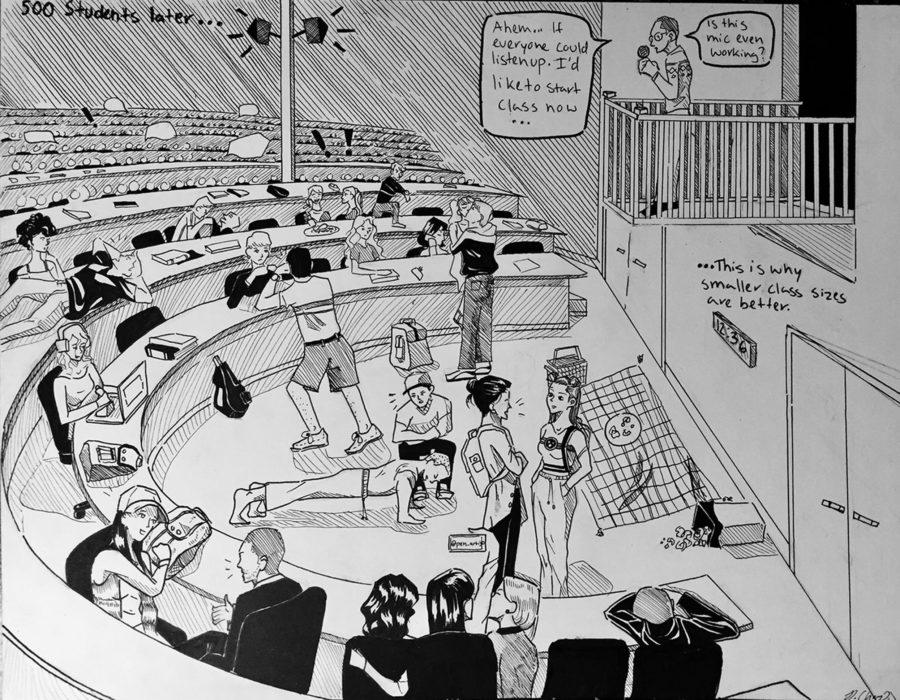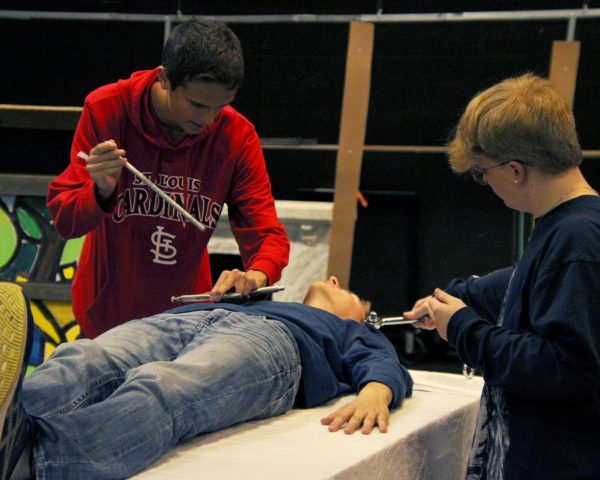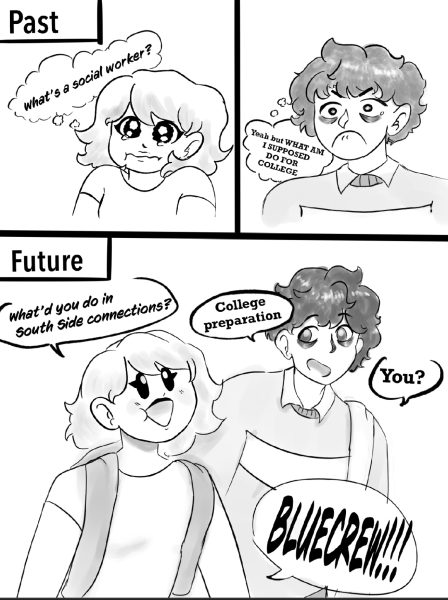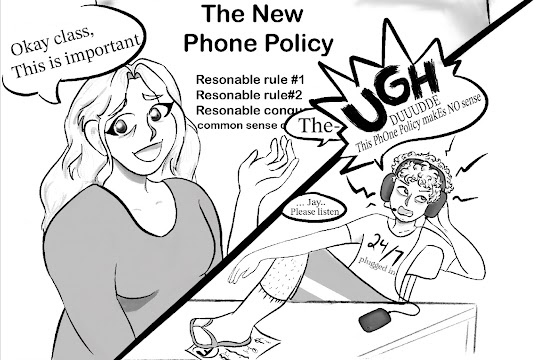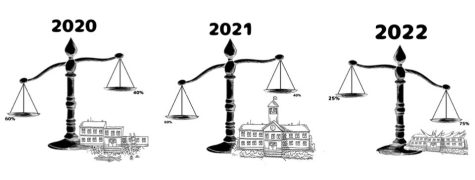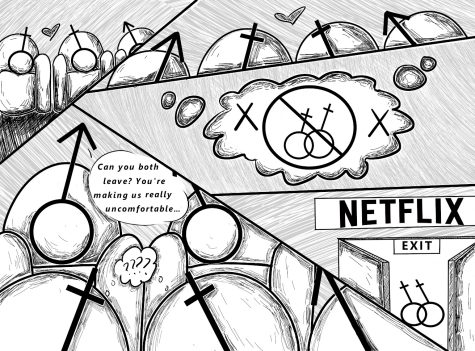Large class sizes harm students learning environment
March 22, 2017
Throughout our careers here as students, our core classes (math, science, etc.) range from 20 to just over 30 kids per room. The class sizes are different for different types of classes. For example, electives tend to be smaller, as they are tailored to a specific kind of student, and PE classes will tend to be bigger, because they are not focused around core content.
Unfortunately, many students in America are left without maximized education because teachers cannot possibly attend to 20 to 30 kids at the same time. The advantage of student to teacher ratio is that it saves money for districts. However, the benefits of small classrooms outweigh the monetary costs.
In large classrooms, teachers try to ensure that all questions are answered. Some students will have many questions on the topic, and the teacher has to attempt to answer them all. Yet, after a lecture on the topic, the teacher has limited time to answer the questions before class is over. Many students end up confused because their questions go unanswered.
On the other hand, smaller classrooms offer a more specialized learning experience. A teacher will have more time to individually instruct and answer questions from 15 students compared to 25 students. Students may feel more comfortable in a classroom where the teacher is there to help them, instead of to help the class.
Due to a smaller amount of people in the class, many quiet students would feel more capable of speaking up and participating in class discussion. This allows for classes to have more in-depth debates, and the opinion of each student to be heard.
Special education teachers would also benefit from a reduced classroom size. Learning difficulties are not physical afflictions, and are often hard to detect in students. In smaller classes, the teacher works more individually with each student. This allows them to notice, and assist students that may have any learning difficulties.
Many teachers are not fortunate enough to have a class of 15 or less, though there are ways they can attempt to compensate. Teachers can work with students in small groups, which allows them to get a more direct influence on the student, even if they cannot work one on one with them. If so, teachers can arrive early or stay after school to offer students an opportunity for one on one guidance.
Smaller classes are overall a better environment that are more conducive to learning for students. They can bring quiet students out of their comfort zones, help students with learning difficulties, increase class participation, and ensure that each student gets the individual attention that they need. These small classroom sizes, serve to benefit both teachers and students.

